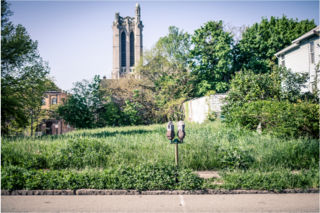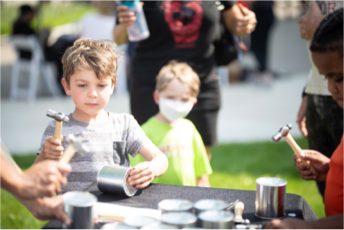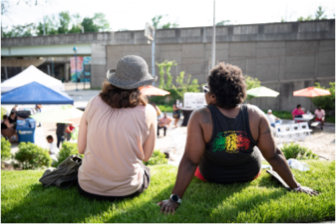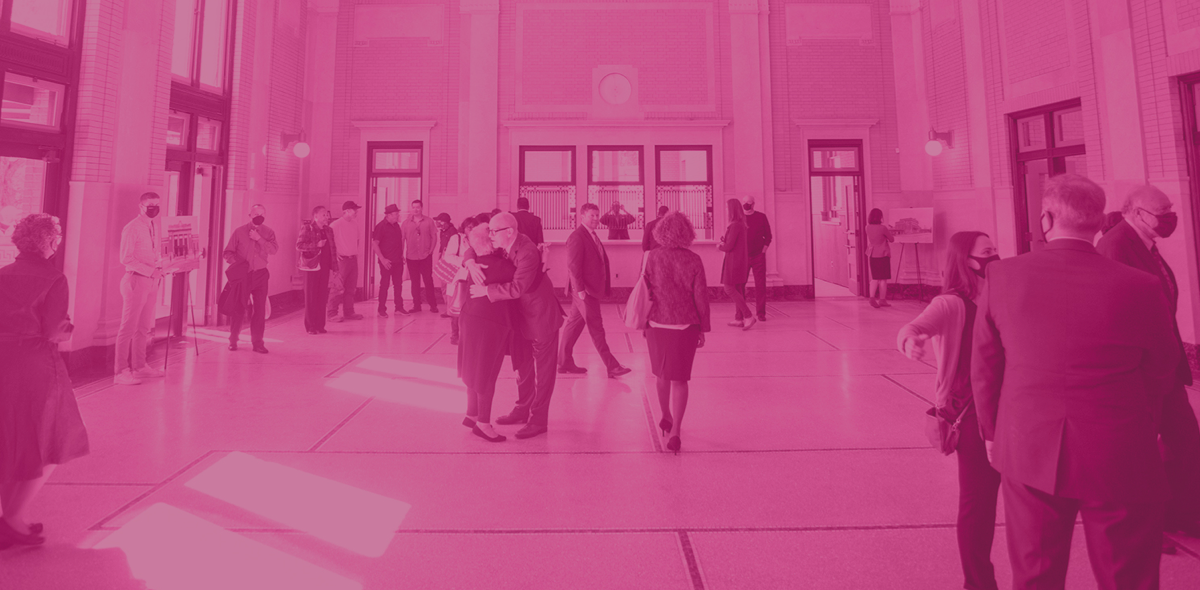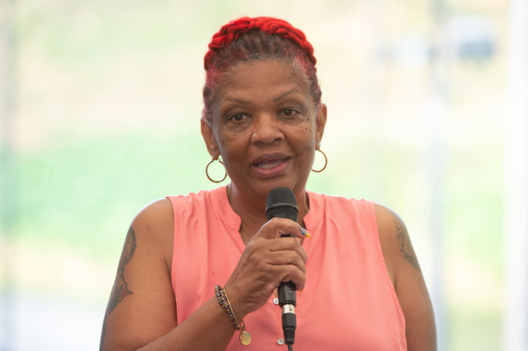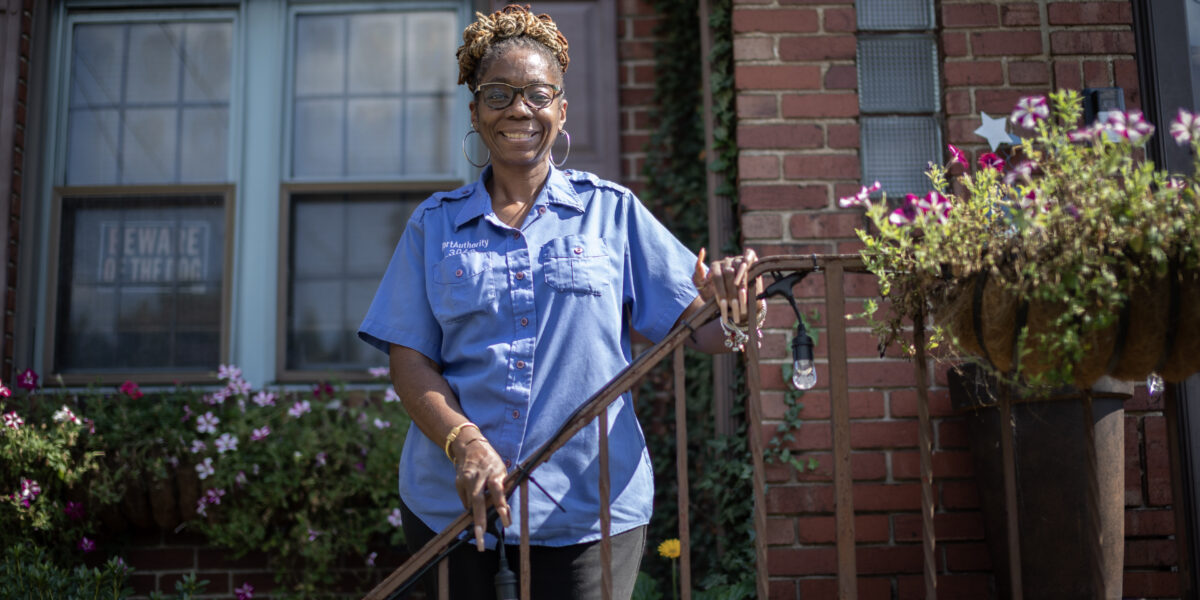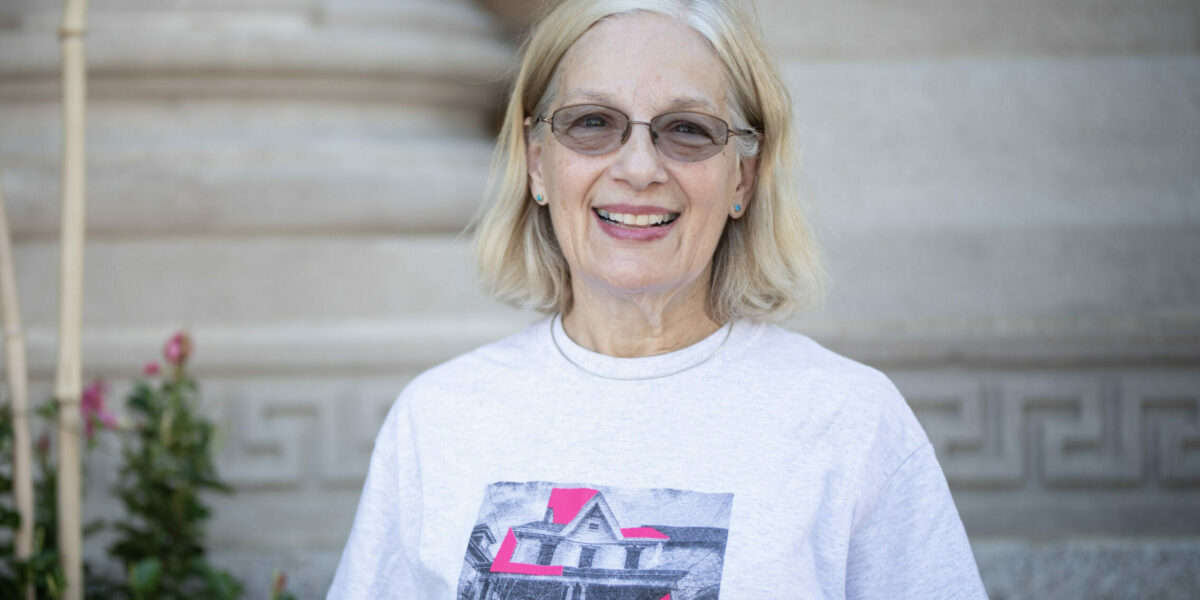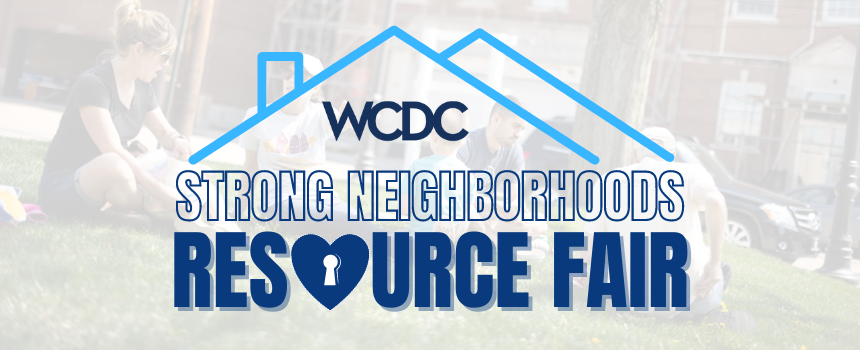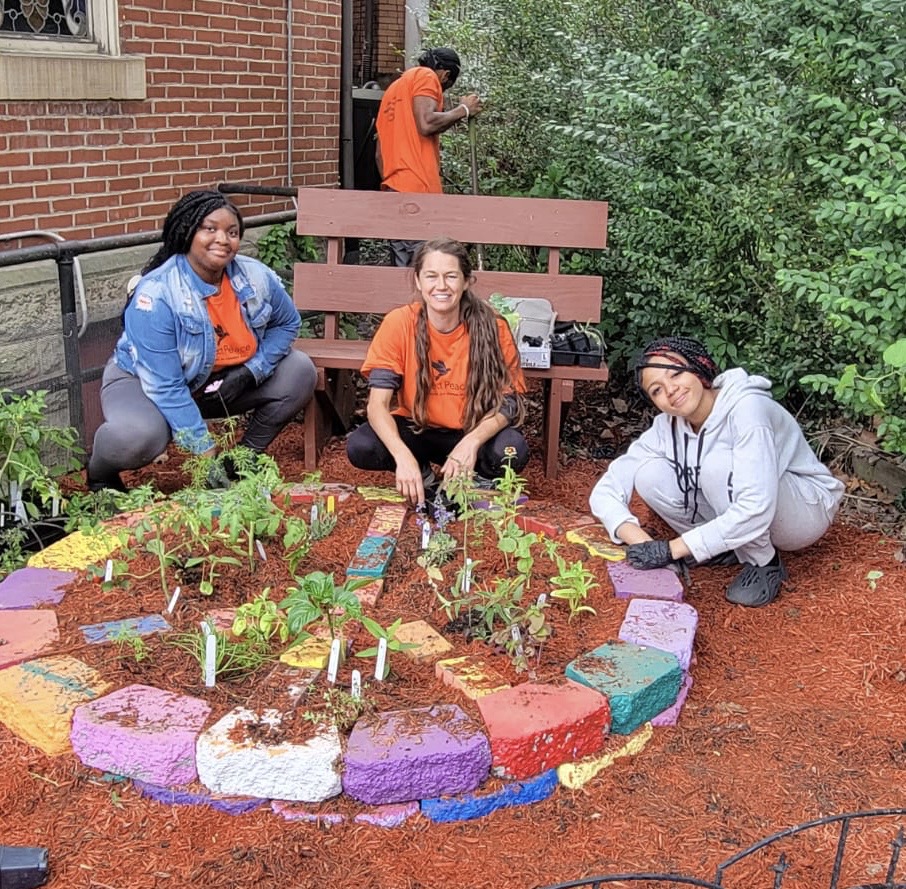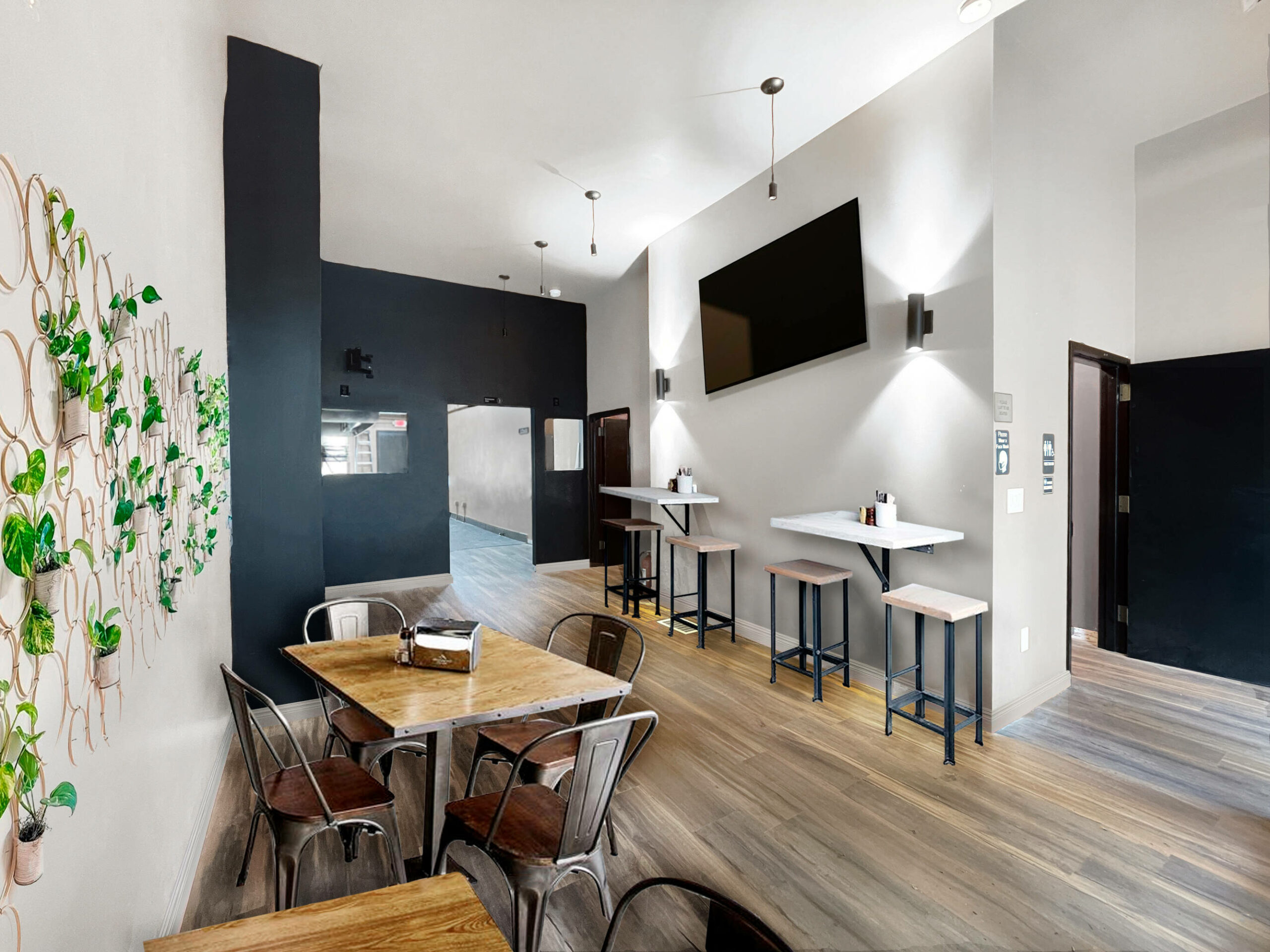Wilkinsburg’s future starts today
At the WCDC, we believe that a sustainable community embraces equity and fully integrates people from all backgrounds and races.
Who We Are470
entrepreneurs and small businesses assisted
3,150
youth supported through program grants
1,700
people engaged in vacant property work
17.3M
invested in the Wilkinsburg community
By the Numbers
We opened our office in 2010. Since then, we’ve tracked our progress, sharing our accomplishments and program highlights with the community.
Our ImpactWe are a resource for the community
We work to shift the negative perceptions of Wilkinsburg, address our community’s complex issues, and forge a path toward a sustainable future for our town. We collaborate with residents and business owners to advance our mission through programs and initiatives that address Wilkinsburg’s specific needs. We are a reliable resource in the community, offering opportunities for people to share ideas, get involved, and make an impact together.
What We DoBusiness Resources
From technical support and educational workshops to grants and rent rebates, we help entrepreneurs at all stages achieve their business goals.
Business ResourcesVacant Property & Housing
We support community members looking to address vacant property issues in their neighborhoods, tackle blight, and make critical home repairs.
Vacant Property & Housing ResourcesCommercial Development
In addition to taking on key commercial development projects ourselves, we support others looking to invest in the business district.
Commercial DevelopmentCommunity Initiatives
We regularly host events and activities to engage our business community, support youth, share resources, and bring people together.
Community InitiativesThe latest from our blog
Strong Neighborhoods Resource Fair
Join Us at the Strong Neighborhoods Resource Fair Date: April 20, 2024 Time: 11:00AM – 2:00PM Location: Wilkinsburg Train Station Event Overview: Are you looking for community and housing resources …
Read MoreEmpowering Wilkinsburg’s Youth: A Story of Community, Collaboration, and Transformation
Empowering Wilkinsburg’s Youth: A Story of Community, Collaboration, and Transformation In the heart of Wilkinsburg stands Ethnan Temple, a vital hub for community engagement and youth empowerment in the neighborhood. …
Read MoreWilkinsburg Property Tour
Join us on Saturday, April 20th from 11:30AM to 1:30PM for a walking tour of Wilkinsburg. During this tour we will show you some of the beautifully renovated commercial properties …
Read More

